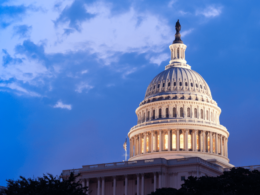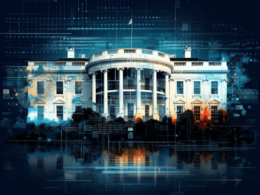The U.S. Supreme Court released its annual year-end report on the federal judiciary on Sunday, providing an overview of the court’s work and achievements in the past year. Authored by Chief Justice John Roberts, the report delves into various aspects of the judicial system, including the increasing use of artificial intelligence (AI).
AI’s Impact and Significance
Chief Justice Roberts acknowledges that AI is rapidly becoming ubiquitous in today’s society, with the potential to reshape numerous professions, including those of lawyers and judges. He emphasizes the growing significance of AI by stating, “Every year, I use the Year-End Report to speak to a major issue relevant to the whole federal court system.”
“Sometimes, the arrival of new technology can dramatically change work and life for the better.”
In the report, Justice Roberts draws parallels with past technological advancements, such as the introduction of electricity in rural America and the Paige Compositor. Through these comparisons, he highlights the unpredictable nature of technological progress, reminding readers that not every story of technological investment ends well.
Resilience and Adaptability
The report reflects on the judiciary’s incremental adoption of technology over the years, from quill pens to personal computers and electronic databases. Justice Roberts notes the ongoing debate around AI’s potential to replace human roles, particularly in the legal profession. However, he affirms the judiciary’s resilience and adaptability, stating, “I am sure we are not [about to become obsolete]—but equally confident that technological changes will continue to transform our work.”
“…technology serves justice rather than undermines it.”
As the legal profession grapples with the integration of AI, various reports suggest that a significant portion of legal jobs may be at “high risk” of being automated. However, Justice Roberts raises important ethical considerations and potential challenges surrounding the use of AI. He affirms the need to balance the benefits of AI with the preservation of essential human elements in jurisprudence.
“True justice and fair deliberation will always require a human touch.”
The report concludes by asserting that the question is not whether AI will influence the legal profession, but rather how it will do so. It emphasizes the need for safeguards to ensure that technology serves justice and upholds the principles of the judicial system.










